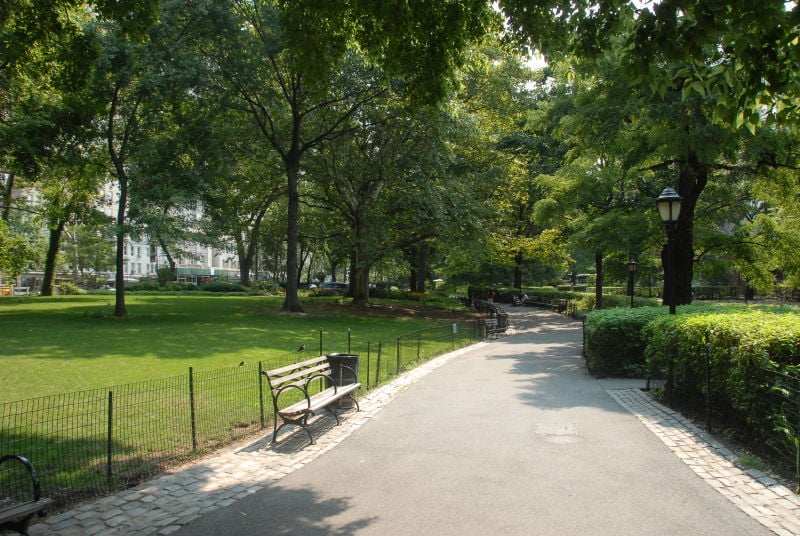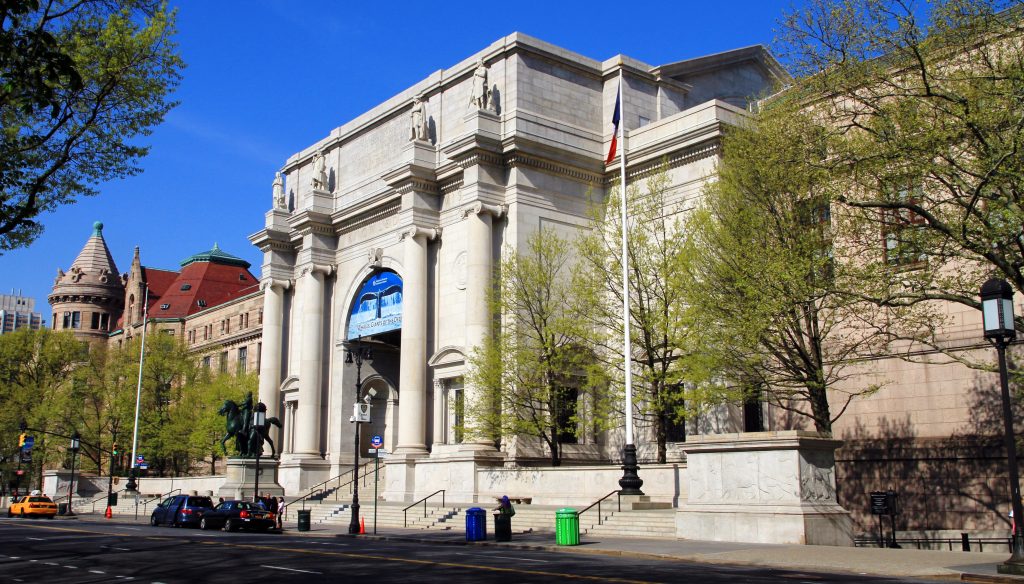Law & Politics
Natural History Museum’s Expansion Can Proceed After Judge Dismisses Community Group’s Lawsuit
The community group wanted to preserve a local park.

The community group wanted to preserve a local park.

Henri Neuendorf

The American Museum of Natural History’s $383 million expansion can proceed as planned after a Manhattan Supreme Court Judge ruled against a neighborhood group that tried to block the project to protect a popular local park.
The museum’s proposed construction of the five-story Richard Gilder Center for Science, Education, and Innovation angered some Upper West Side residents who complained the new building would take up about a quarter of an acre of the nearby Theodore Roosevelt Park.
On Monday, Judge Lynn Kotler dismissed the suit brought by Community United to Protect Theodore Roosevelt Park. Her decision, first reported by the New York Daily News, cited the 1877 lease between the park and the city’s Parks Department, which did not prohibit construction. As a result, she lifted the temporary restraining order she imposed two months ago.

The American Museum of Natural History, New York, in 2013. Photo by Ingfbruno, Creative Commons Attribution-Share Alike 3.0 Unported license.
The local group had argued for the preservation of the park by claiming that the museum did not have control of the park and that construction could pose a risk to the surrounding community. It is not the first time—nor will it be the last—that New Yorkers have turned to the legal system in an attempt to stop or curtail a planned museum renovation or expansion. Lawsuits have also been filed over the planned expansion of the Frick Collection, and, way back in 2006, against the Whitney Museum of American Art.
Speaking to the New York Daily News, local resident Dr. Cary Goodman, who helped coordinate the suit against the museum, said the judge’s ruling was “pretty disappointing for the community.”
“The museum has been a very bad neighbor, and used its power and prestige to steamroll this through,” he said. “There’s never been a hearing in which the public and officials were in the same room together.”
Goodman pointed out that the group, comprised of more than 40 locals, gathered close to 5,000 signatures in opposition to the project over the last two years. “It’s a collapse of the whole process,” he pointed out. “They’re getting rid of 22 trees at a time of global climate crisis. It just feels bad.”
In an email to artnet News, the attorney representing the group, Michael Hiller, said the group is mulling over an appeal against the ruling. “While disappointed with the Court’s ruling, we continue to believe in the merit of our clients’ case and cause, and are thus considering an appeal.”
Unsurprisingly, the museum was delighted with the ruling. “The expansion will significantly enhance museum education programs, visitors’ experience, and scientific work,” a spokesperson for the museum told artnet News in an email. “We have also made a significant contribution to the ongoing maintenance and care of the park and will of course work closely with our partners to minimize any disruption throughout the construction project.”
The new expansion is scheduled to open in 2021.